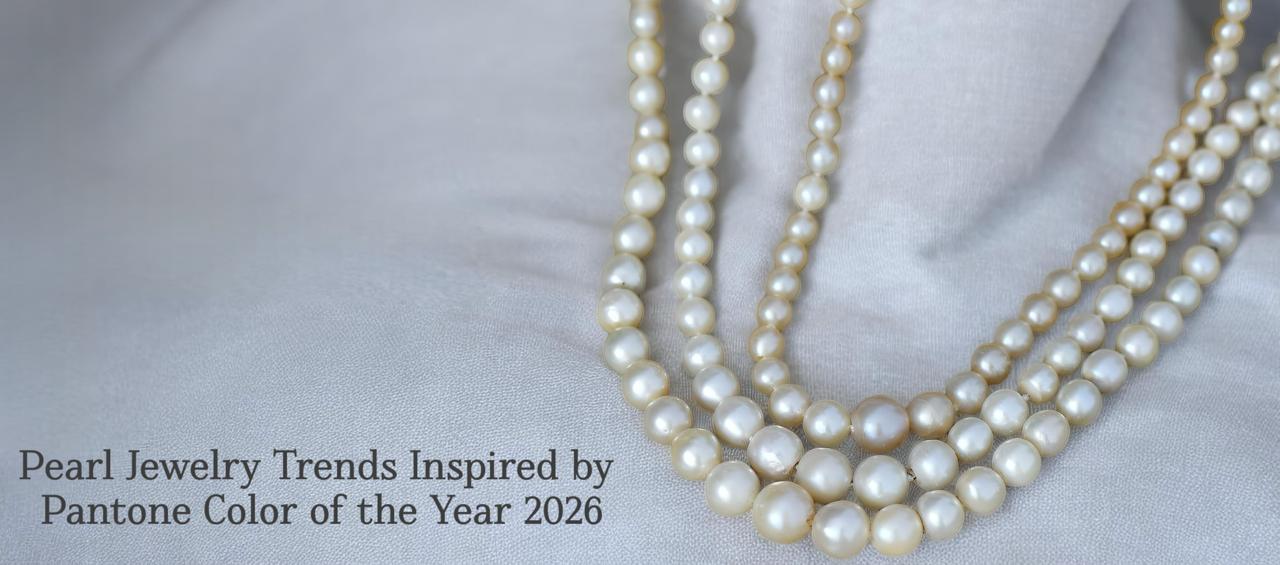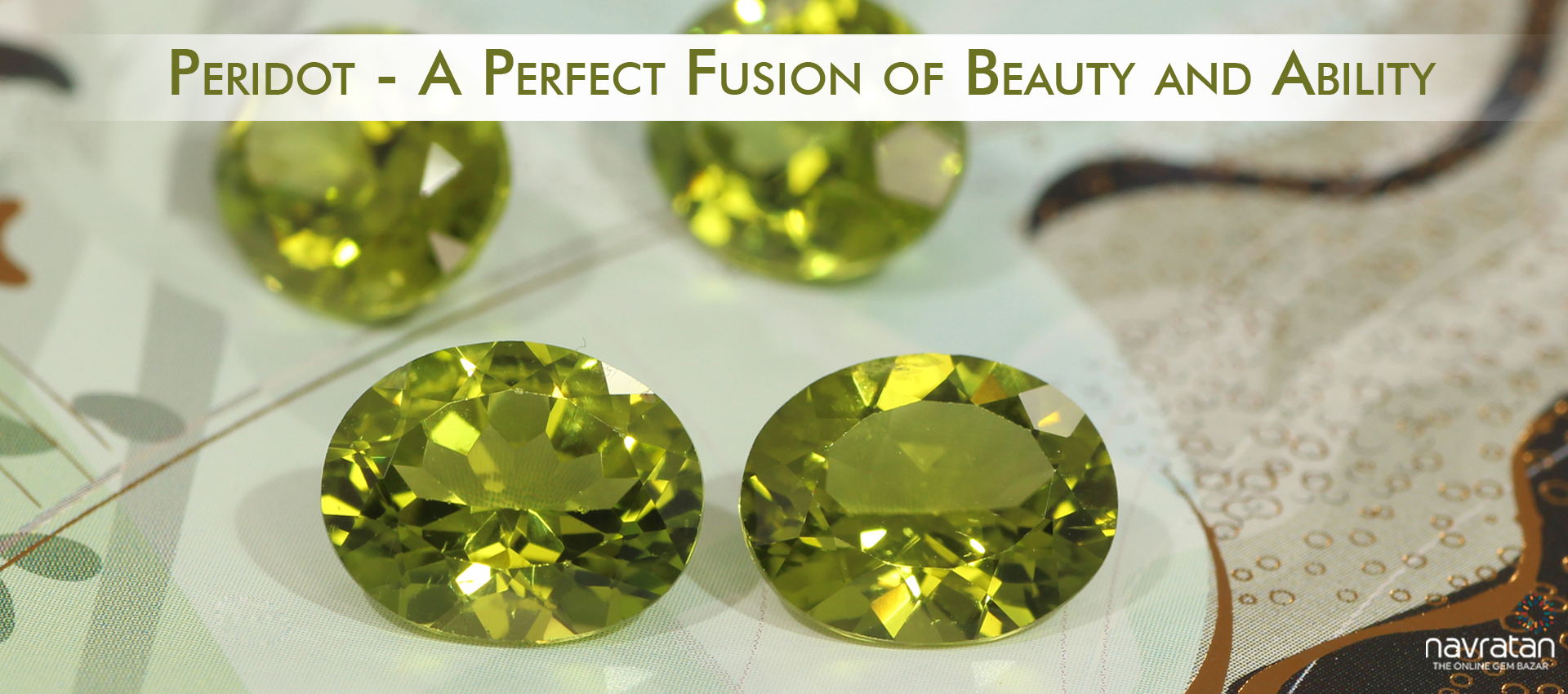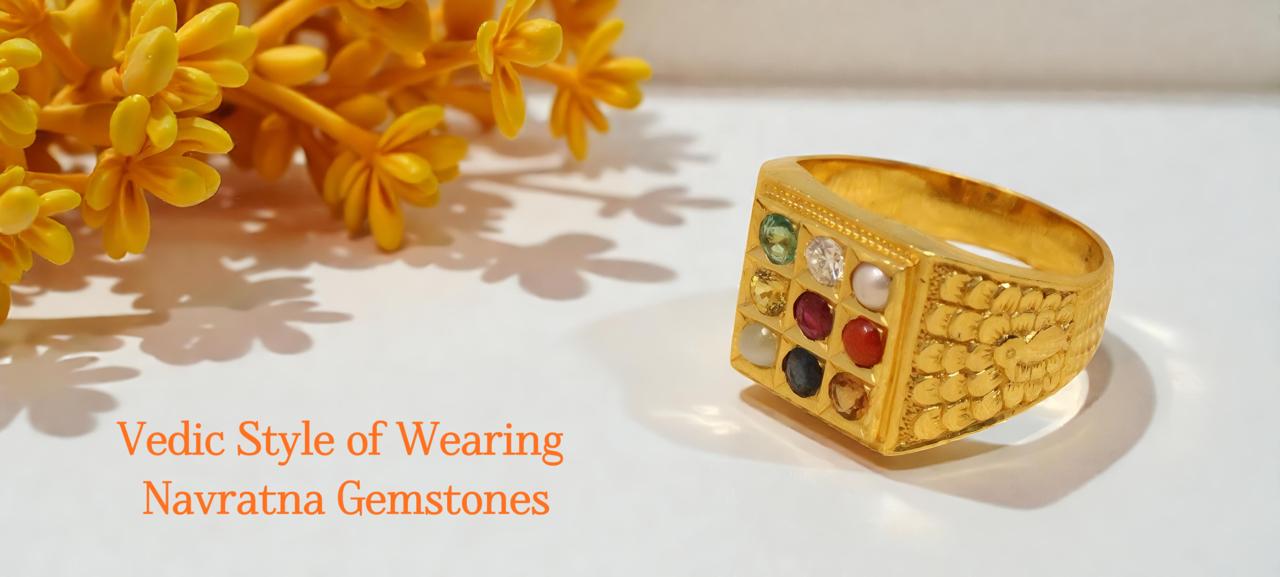 Categories
Categories 
Ruby, also known as Manik stone in Hindi, is a precious gem valued for its awestruck red color. The color of this stone comes from the trace elements trapped during its formation. Different ruby origins feature various shades of red. In the gemstone marketplace, you might have encountered these gems being sold at different prices depending on their quality.
This gemstone quality is assessed using the 4Cs. Like every other gem, the 4Cs of rubies are color, clarity, cut, and carat weight. Understanding these 4 C’s of a gemstone is important as it will tell you why you are paying more for some gems and less for others of the same category.
So, whether you are buying certified natural ruby stone for astrology or jewelry, knowing these aspects will help you make an informed decision. Also Read: Health Benefits of Wearing Manik Stone
-“Pigeon blood red” is the most valuable color of ruby. These are the characteristic features of Burma ruby.
-The primary color in all rubies remains the same: red.
-The secondary color may vary, with some showing overtones of pink, blue, and even black.
-Ruby gemstones with black overtones should be avoided as they are of low quality.
-The best Manik color is vivid red with a purplish tint. As per the 4Cs gemstone rule, secondary overtones should not overshadow the primary red color. Read Here: What Color Ruby Is Most Valuable?
Like all other colored gemstones, 60 percent of the ruby value is determined by its color, which is further divided into hue, tone, and saturation:
Hue: Refers to the primary color, which is always red in the case of rubies
Tone: Medium tone is highly acceptable. A vivid red ruby with a medium tone, not too dark or light, is desirable.
Saturation: Highly saturated gems enhance the value of the gemstone.
Shades of ruby range from pink to magenta. Reddish Pink ruby gemstone is often confused with pink sapphire, and the latter are sold at comparatively higher prices in the name of the ruby.
Besides color being the most important C in the 4C’s, the clarity of the gemstone is not to be underestimated. Ruby clarity refers to how eye-clean the gem is from the inside. The internal structure of a ruby crystal showcases inclusions.
These can be rutile, twinning, feathers, cavities, and more. They differ as per the gemstone origin. So, Mozambique ruby are characterized by amphibole and mica inclusions, which are a peculiar characteristic of this origin only.
The cloudiness of the stone impacts the gemstone clarity and the value as well. An eye-clean ruby with no milky patches enhances Manik stone value.
High inclusions disrupt the transparency of the stone. It doesn't reflect much light and makes the gem look dull. The presence of inclusions impacts the value of the stone, but one should not forget it is a sign that the ruby is real.
Also Read: Top 25 FAQs About Ruby Gemstone
Cut are facets that give brilliance to the gem if it is crafted perfectly. The shape is what a gemstone looks like from the surface. These two are different technically. You can read our blog to know more about them: Gemstone Shapes vs Gemstone Cuts.
The more precise the cut is, the higher its value. The round brilliant cut is the best cut for ruby stone. The fine facets give a splendid look to the stone and also reflect color and clarity. Ruby hardness is high, and thus, cutting it is not easy. Skilled lapidaries can give a gemstone precision.
The higher the carat weight, or ratti as we call it in Hindi, the higher the price. So, 1 carat Manik price is less compared to 4ct ruby. However, the reverse is also possible. The 4Cs of rubies also highlight that if the other 3Cs like color, clarity, and cut, are not fine, carat weight alone cannot impact the value of the stone. So, when you decide to buy ruby stone make sure you check all four parameters.
Along with the 4C’s of ruby gemstone, other factors such as origin and treatment are also considered. This significantly impacts the price of the stone. A treated Manik Ratna is 40% less priced than the original stone.
Heat treatment is common in these stones. It is done to enhance the color and clarity of the stone. Types of ruby treatment also affect its price. For instance heat treated rubies though less priced than original ones typically cost high compared to diffusion-treated and glass-filled rubies. Read Here: Ruby Gemstone Origins - Best Sources of Rubies
Untreated Manik Stone from Burma has good color and clarity, and the cut fetches a good price. They are considered astrologically powerful. Mozambique and Sri Lankan ruby are comparatively affordable. Also Read : Which Type of Ruby is Best for Astrological Use
| Carat weight | Color Quality | Clarity | Cut Quality | Price Range (per carat) | |
| 0.5 - 1.0 ct | Fine to Good |
|
Excellent to Good | INR 5,000 and above | |
| 1.0 - 2.0 ct | Fine to Good | Eye Clean to Slight Inclusions | Excellent to Good | INR 20,000 and above | |
| 2.0 - 3.0 ct | Very Fine | Very Slight Inclusions to Slight Inclusions | Excellent | INR 30,000 and above | |
| 3.0 - 5.0 ct | Very Fine to Superb |
|
Excellent | INR 50,000 and above | |
| 5.0 ct and above | Superb |
|
Excellent | INR 5 lakhs and above |


Pearl Jewelry Trends Inspired by Pantone Color of the Year 2026
January 5th, 2026
Top Zodiac Signs That Will Shine This Year & Their Gemstones Guide
January 3rd, 2026
